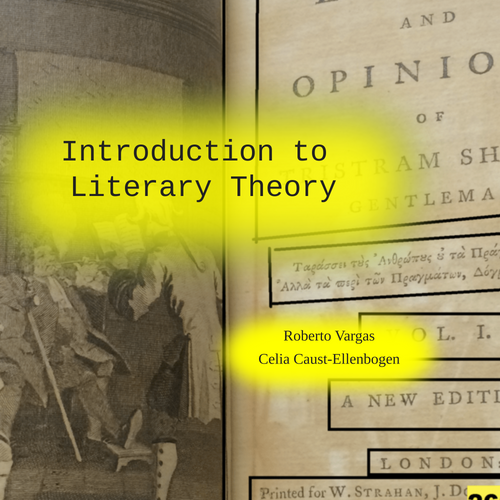Mind Mapping for Research
Simon Elichko (they/them)
Social Sciences & Data Librarian
Examples of researchers' mind maps
- Brainstorming and breaking down a research topic into smaller questions
- Note-taking
- Lucy Hargrave, PhD student in humanities note-taking on individual works
- Organizing factual information about a topic: The Wire Season 3
- Presenting information
- Research questions
- Literature review: Examples in multiple subjects (student team, University of Manchester Library)
Some research-related uses for mind maps
-
Note-taking
- Your notes on a reading, an episode, a lecture
- Could take notes on a handful of related readings
- Outlining and summarizing (key points, quotes)
- Reacting and building on (your observations, questions, responses, etc.)
-
Brainstorming
- Clarifying your interests and exploring a topic
- Breaking down your topic into smaller, more manageable components
-
Organizing a project
- Creating a visual plan of your work
- Grouping and sorting literature, questions, findings, etc.
-
Presenting ideas
- Visually representing your literature review
- Highlighting key findings, arguments, evidence
One tool for mind mapping: Coggle
Accessing Coggle
- To access, go to coggle.it
- You can sign in with your Swarthmore Google account or a personal Google account (an Apple or Microsoft account works too)
- Free to use all basic features. Can create up to 3 private mind maps and unlimited public ones.
How to create a mind map in Coggle
- Create a new diagram
- Enter something into the first node
(gray box in center) - Add a new branch (hover for plus sign)
- Label the new node
- Add secondary branches


Node: Your name
Branch: Favorite foods
Secondary branches: Examples of your favorite foods
Making changes to your mind map
- Change colors of branches:
- Right-click (or Control + click) at the base of the branch
- Choose colors
- Delete a branch:
- Right-click (or Control + click) at the base of the branch or node
- Choose the X to delete
- Adjust node:
- Click and drag the corner of the node to resize
- For formatting options, click node for menu

Mind-Mapping for Research
By Swarthmore Reference
Mind-Mapping for Research
- 730



